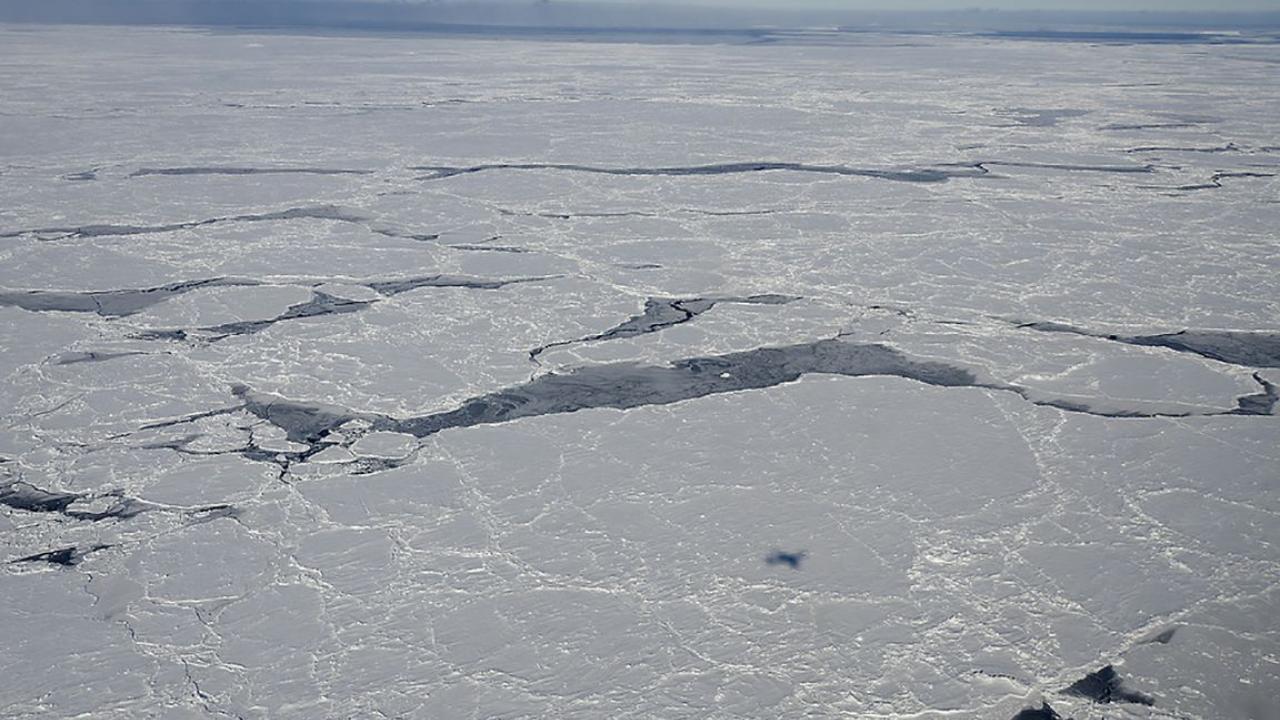New research suggests that Antarctic sea ice is set to reach a new record low in 2022, only five years after the previous record was observed. The study is co-authored by UCLA researchers Marilyn Raphael, professor of geography and director of the UCLA Institute of the Environment and Sustainability, and UCLA statistician Mark Hancock in a collaboration with researchers from Ohio University.
Utilizing satellite imaging and modeling, researchers put recent changes in climate patterns within a historical context. Part of what they found is that while 2022 is predicted to set a record low in Antarctic sea ice cover, the general trend has been an increase in ice since the 1960s. This starkly contrasts the rapid declines in sea ice being observed in the Arctic region around the North Pole. Determining the cause of these patterns, as well as predicting what comes next, is integral for understanding how global systems may change over time. This is because Antarctic sea ice helps to control equator-pole temperature gradients and influences large-scale atmospheric circulation. This is in addition to its influence over thermohaline circulation, which is the global system of deepwater ocean currents such as the Gulf Stream.
Funded by the National Science Foundation’s Office of Polar Programs, researchers are expected to produce another set of findings. The new data will assess the extent of sea ice on a daily interval, rather than seasonal, and further add to the importance of this research, which fills a critical gap in baseline information.
Read more about the research and its findings at UCLA Newsroom.
Study Authors
Marilyn N. Raphael, UCLA Department of Geography and UCLA Institute of the Environment and Sustainability
Mark S. Hancock, UCLA Department of Statistics
Ryan L. Fogt, Ohio University Department of Geography and Scalia Laboratory for Atmospheric Analysis
Amanda M. Sleinkofer, Ohio University Department of Geography and Scalia Laboratory for Atmospheric Analysis
Image Source: Michael Studinger/NASA





